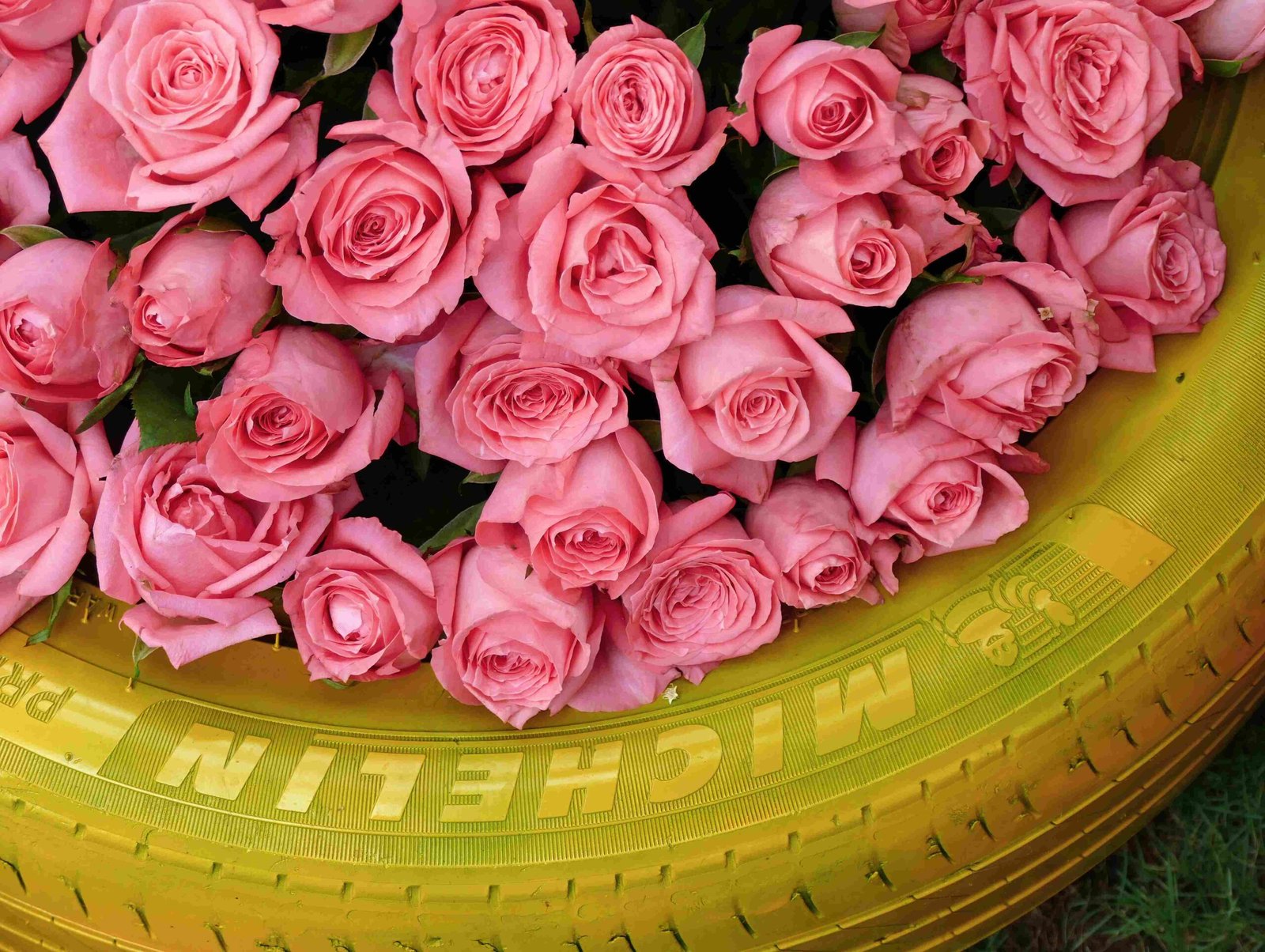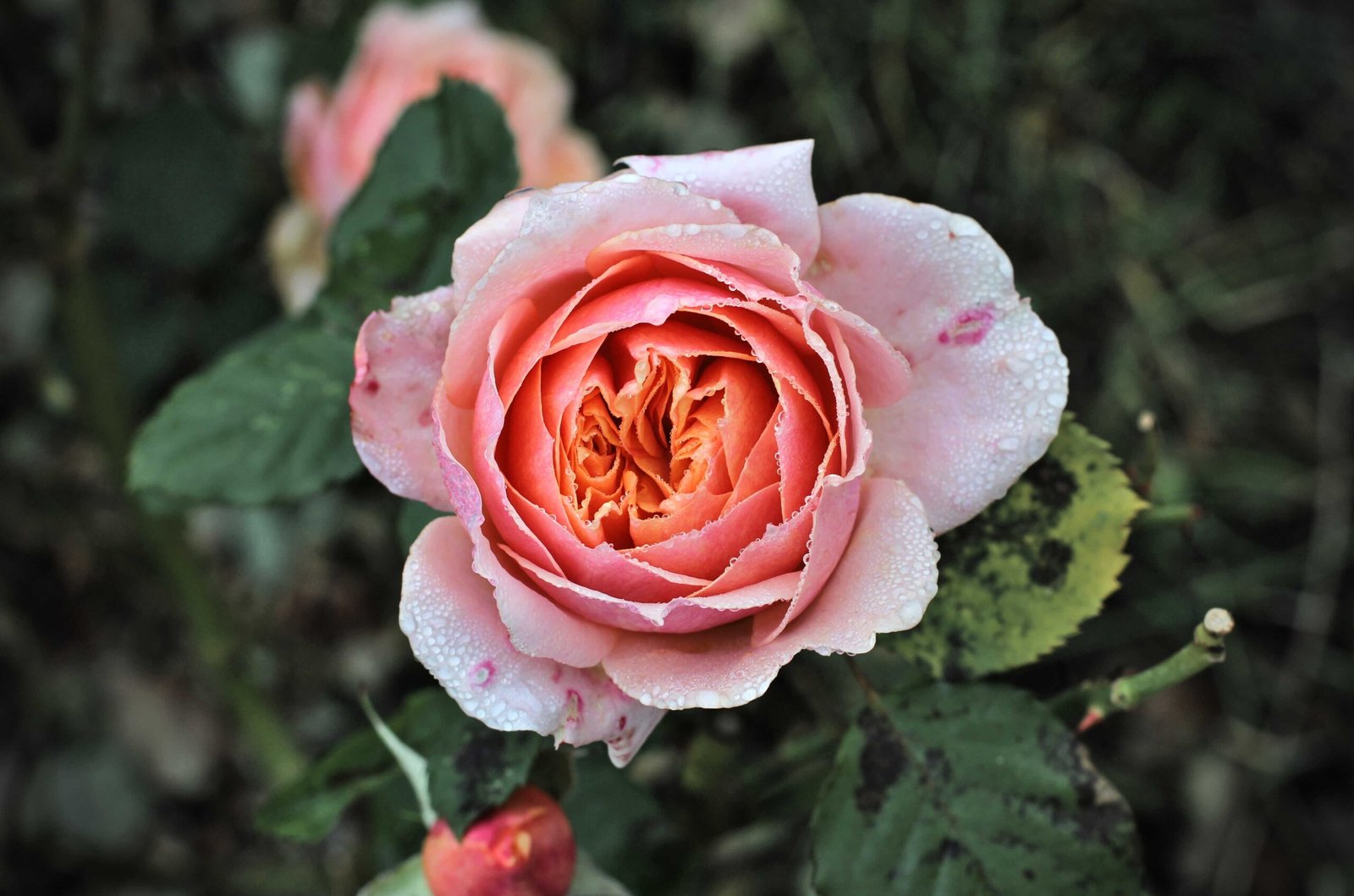Are Climbing Roses Deciduous?

Climbing roses, like other deciduous plants, have a distinct seasonal growth pattern. They go through a cycle of active growth, blooming, and dormancy throughout the year.
What is the Growth Cycle of Climbing Roses?

Spring
Climbing roses begin to grow new leaves and stems in the spring, and flowering typically starts in late spring to early summer. This period is marked by active growth and the production of new flowers and foliage[3][4][5].
Summer
During the summer, climbing roses continue to bloom, often with repeat flowering varieties producing blooms throughout the season. The foliage remains green and healthy, provided the plant receives adequate care[3][4][5].
Fall
As the weather cools, the leaves of climbing roses start to change color and eventually drop, marking the onset of dormancy. This period can vary depending on the climate and specific variety, but generally occurs in late autumn[2][4][5].
Winter
Climbing roses enter a dormant state during the winter months. This is a critical period for pruning, as it helps maintain the plant’s health and promotes new growth in the spring[2][3][4].
How Do Climbing Roses Adapt to Different Climates?
Climbing roses thrive in a variety of climates but have specific requirements:
Temperature Ranges
Climbing roses generally do well in USDA Hardiness Zones 4-9, depending on the variety. They can tolerate a range of temperatures but are sensitive to extreme cold and heat. For example, the ‘Peggy Martin’ rose is known for its tolerance of below-zero temperatures[3].
Humidity Levels
These roses prefer well-drained soils and are intolerant to standing water, which can lead to root rot and other diseases. Moderate humidity levels are ideal, but they can adapt to various humidity conditions as long as the soil is well-drained[2][4][5].
Soil Types
Climbing roses prefer moist, well-drained soils that are slightly acidic. They can grow in a range of soil types, including clay, loam, and sand, but the soil must drain well to prevent root problems[2][4][5].
What Care Do Climbing Roses Require?
To maintain climbing roses as healthy deciduous plants, the following care is necessary:
Pruning Techniques
Pruning is crucial and should be done in late winter or early spring to remove dead, diseased, or damaged canes. For some varieties, like ‘Mary Wallace’, pruning after blooming in the fall can also help control size and remove damaged canes[4].
Fertilization Schedules
Fertilize climbing roses twice a year to promote growth and blooming. This is typically done in early spring and again after the first flush of blooms[3][4].
Watering Needs
Climbing roses need consistent moisture, especially during the growing season. However, they are intolerant to standing water and drought conditions. Regular watering, ensuring the soil remains moist but well-drained, is essential[2][3][4].
What Are Some Unique Climbing Rose Varieties?
There are several varieties of climbing roses with unique characteristics and growing conditions:
‘Peggy Martin’ Rose
This variety is highly disease-resistant, nearly thornless, and can tolerate below-zero temperatures. It blooms from late spring to mid-fall and is known for its fragrant pink flowers with white overtones and gold eyes[3].
‘Mary Wallace’ Rose
This vigorous climber grows 10-20 feet tall with few to no prickles. It prefers full sun and well-drained soils, and its large, fragrant semi-double flowers bloom in spring with a summer flush and occasional fall blooms[4].
Climbing Prairie Rose (Rosa setigera)
Native to southeast Canada and the central and eastern United States, this rose is known for its rapid growth rate and ability to thrive in full sun with moist, well-drained soils. It produces pink to rose-pink flowers with golden stamens and bright red rose hips in the fall[2].
References
- Traditional & Climbing Roses – Meadows Farms Nurseries and Garden Center
-
https://www.meadowsfarms.com/blog/traditional-climbing-roses/
-
Rosa setigera – North Carolina Extension Gardener Plant Toolbox
-
‘PEGGY MARTIN’ ROSE – Texas Master Gardeners
-
https://txmg.org/hendersonmg/files/2020/06/ROSE-PEGGY-MARTIN.pdf
-
‘Mary Wallace’ Rose – The American Rose Society
-
https://www.rose.org/single-post/2018/05/01/mary-wallace-rose
-
Climbing Roses – Missouri Botanical Garden
- https://www.missouribotanicalgarden.org/gardens-gardening/your-garden/plant-finder/plant-details/kc/a456/rosa-climbing.aspx
